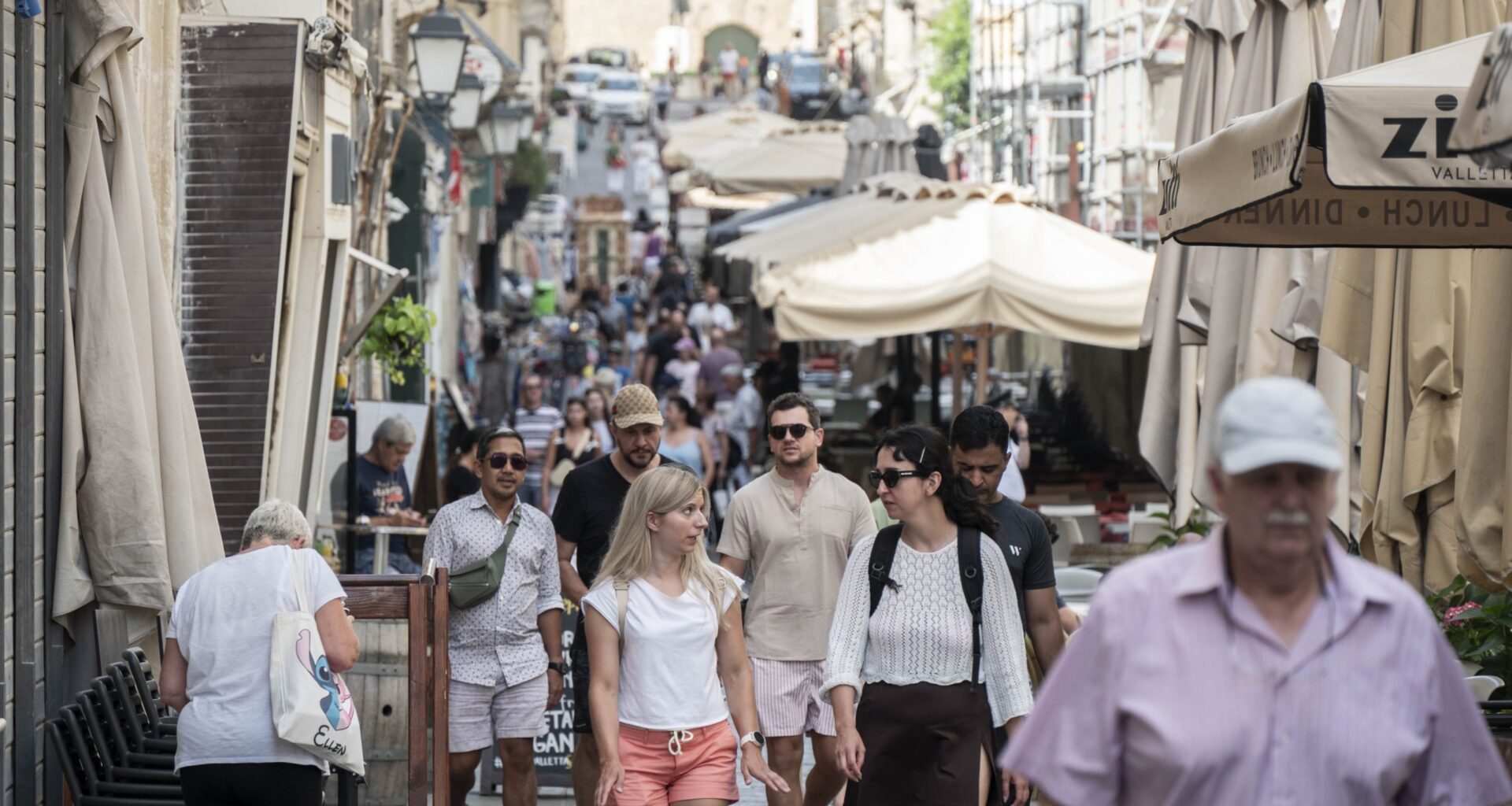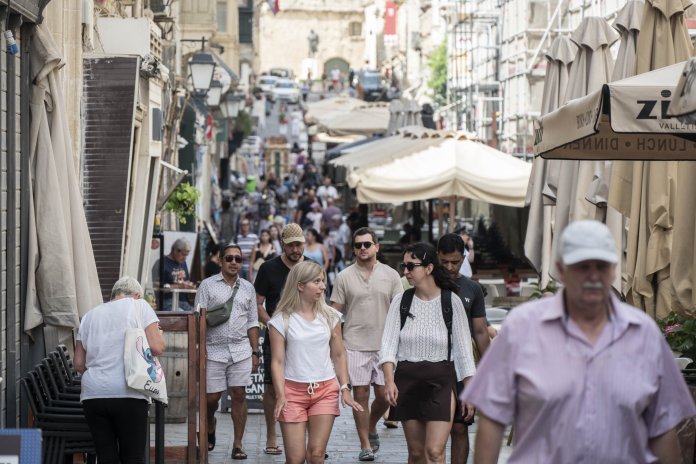Tista’ taqra bil-
Malti.
Malta has experienced a dramatic decline in its young population, with more than 15,000 fewer Maltese citizens aged 16-30 recorded in 2023 compared to a decade earlier, according to government figures revealed in Parliament.
The stark statistics, disclosed by finance minister Clyde Caruana in response to a parliamentary question from Nationalist Party MP Chris Said, show that the number of young Maltese citizens between 16 and 30 fell from 79,560 in 2013 to just 64,469 by December 2023.
The figures highlight a deepening demographic crisis that experts warn could have profound implications for Malta’s social security system, workforce, and cultural identity in the coming decades.
The population decline comes against a backdrop of Malta’s fertility rate continuing to plummet. Recent studies indicate that Malta’s total fertility rate stands at just 1.06 live births per woman as of 2023 – among the lowest in the European Union and well below the replacement rate of 2.1 children per woman needed to maintain a stable population.
International research conducted by the Institute for Health Metrics and Evaluation in the United States, which analysed data from 204 countries, found that Malta’s fertility rate of 1.53 in 2021 is projected to decline further to 1.39 by 2050 and to just 1.26 by 2100.
This represents a dramatic shift from 1950, when Malta’s fertility rate stood at 4.04 – double what it was 30 years later and nearly four times current levels.
The demographic challenge is further illustrated by 2023 birth statistics, which show that whilst 4,462 babies were born in Malta last year, only 2,688 were born to families with two Maltese parents. In contrast, 1,220 babies were born to foreign parents, highlighting the increasing role of immigration in Malta’s population dynamics.
According to the National Statistics Office’s 2021 Census, Malta’s overall population has grown by an unprecedented 24.5% since 2011, reaching 519,562 residents. However, this growth has been driven almost entirely by foreign migration, with more than one in five residents now being foreign nationals.
Demographic experts warn that the trends revealed in the parliamentary response point to significant challenges ahead. The declining native youth population, combined with an ageing Maltese demographic, threatens to create an unsustainable burden on the social security system and pensions.
Projections suggest that fewer young contributors will be supporting an increasing number of retirees, whilst the gap in the labour market is being filled predominantly by foreign workers. Some analyses indicate that foreign workers could outnumber Maltese nationals in the labour market by 2050.
The data also reveals that the average age at which women give birth is climbing, now approaching 31 years old, whilst the fertility rate among native Maltese women is even lower than the overall national average.
Malta’s demographic challenges mirror broader trends across Europe, where declining fertility rates have become a widespread concern. However, Malta’s situation is particularly acute, with its fertility rate among the lowest in the EU, where the average stands at approximately 1.38 births per woman.

